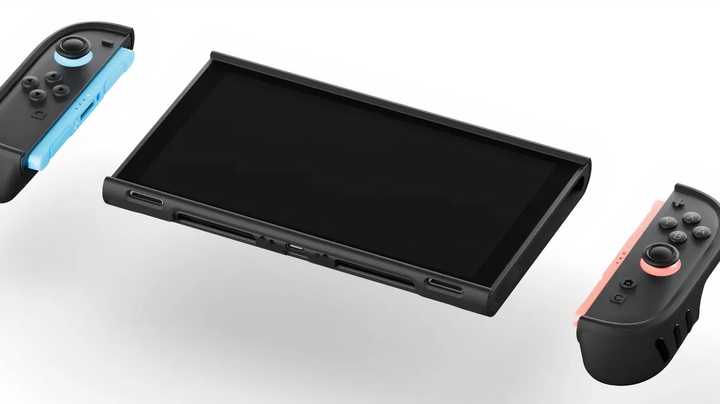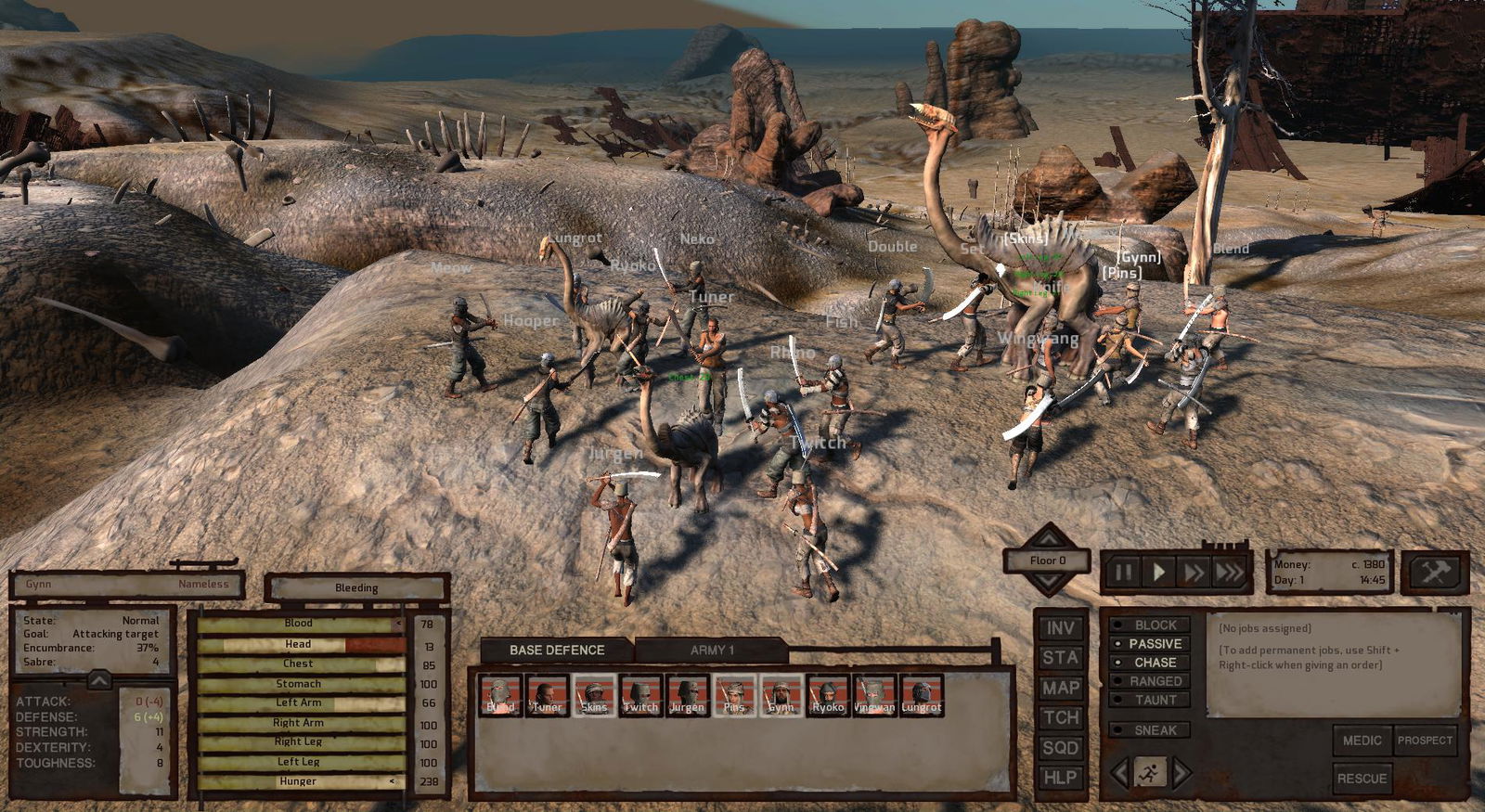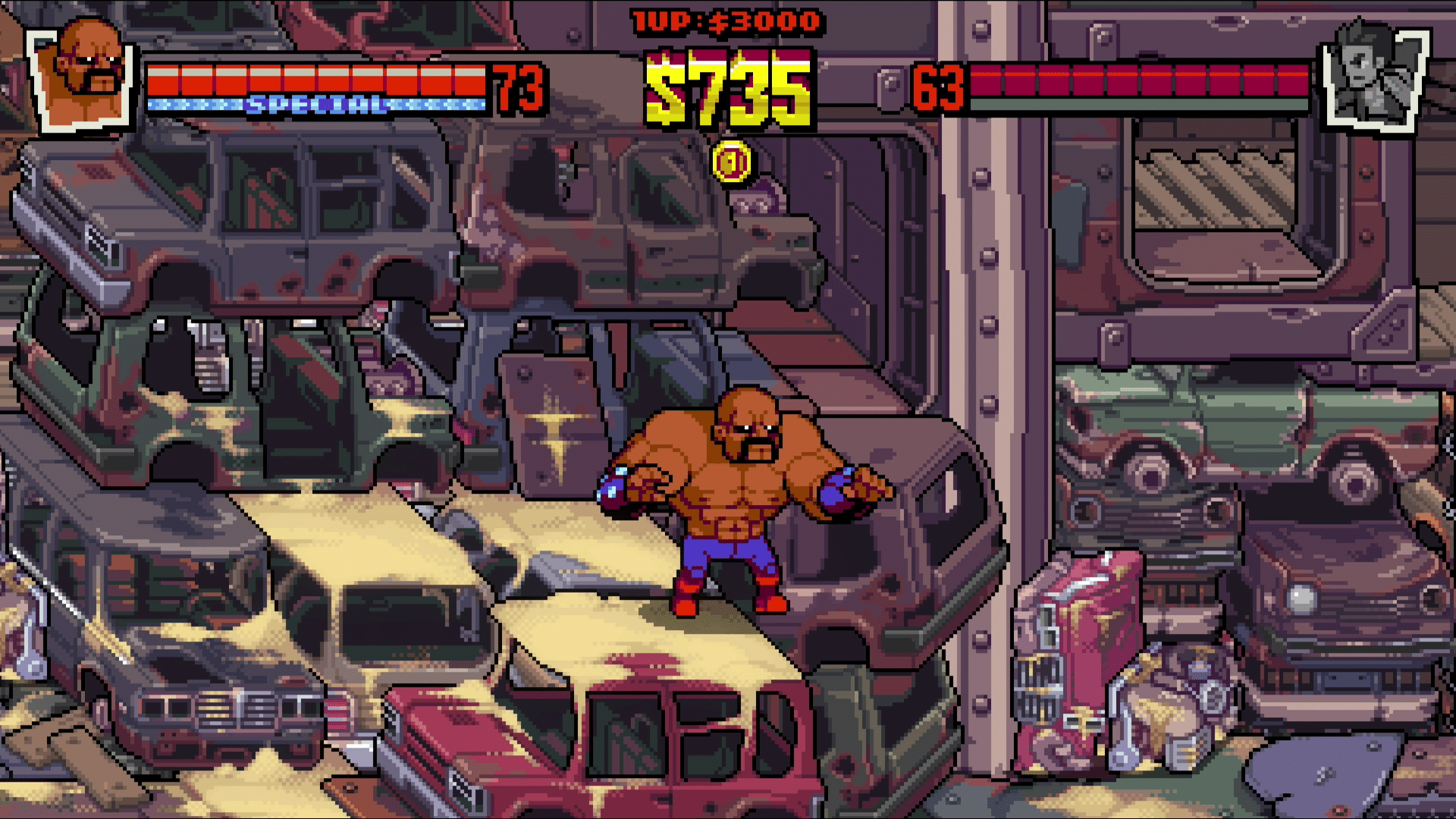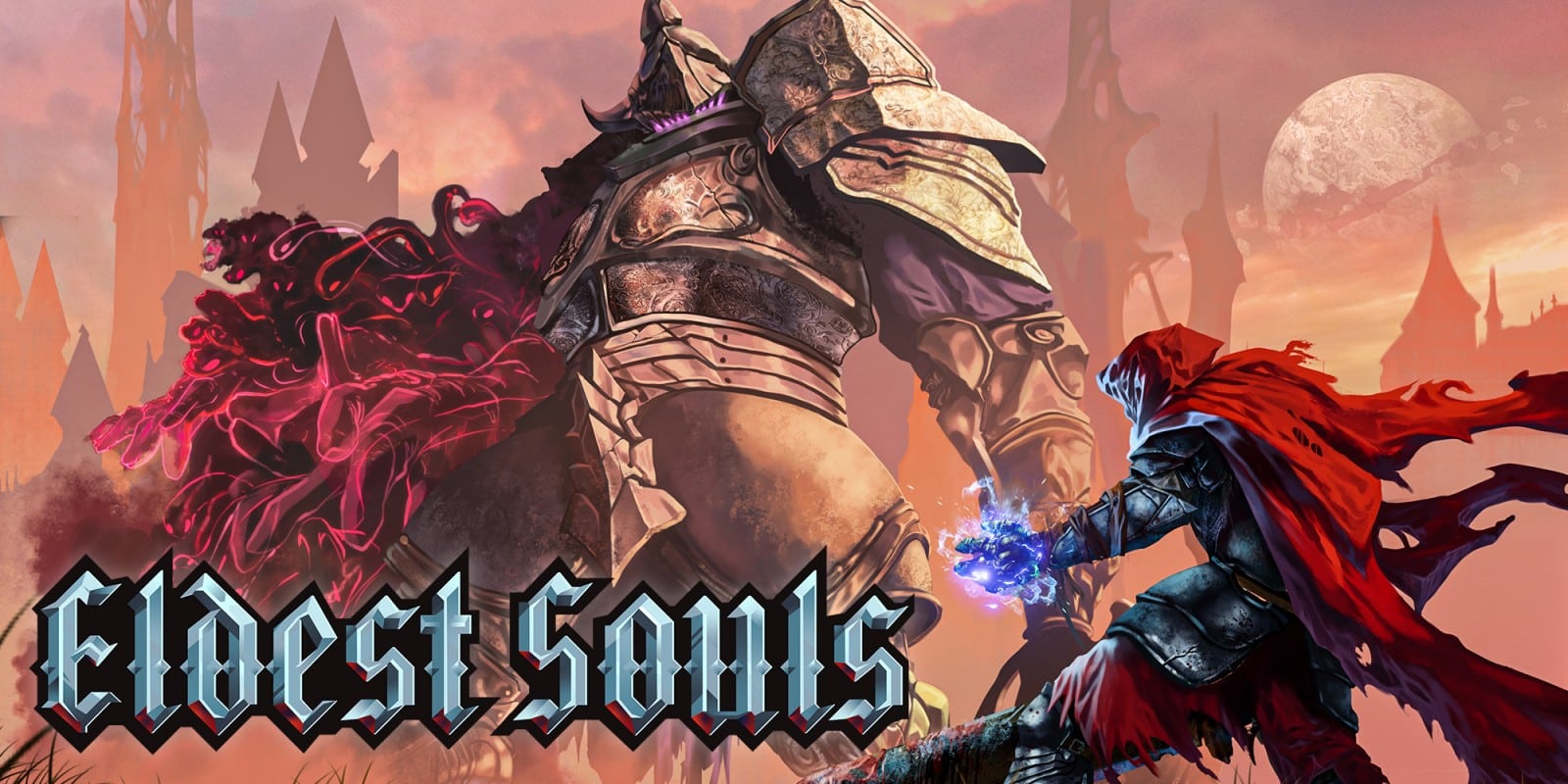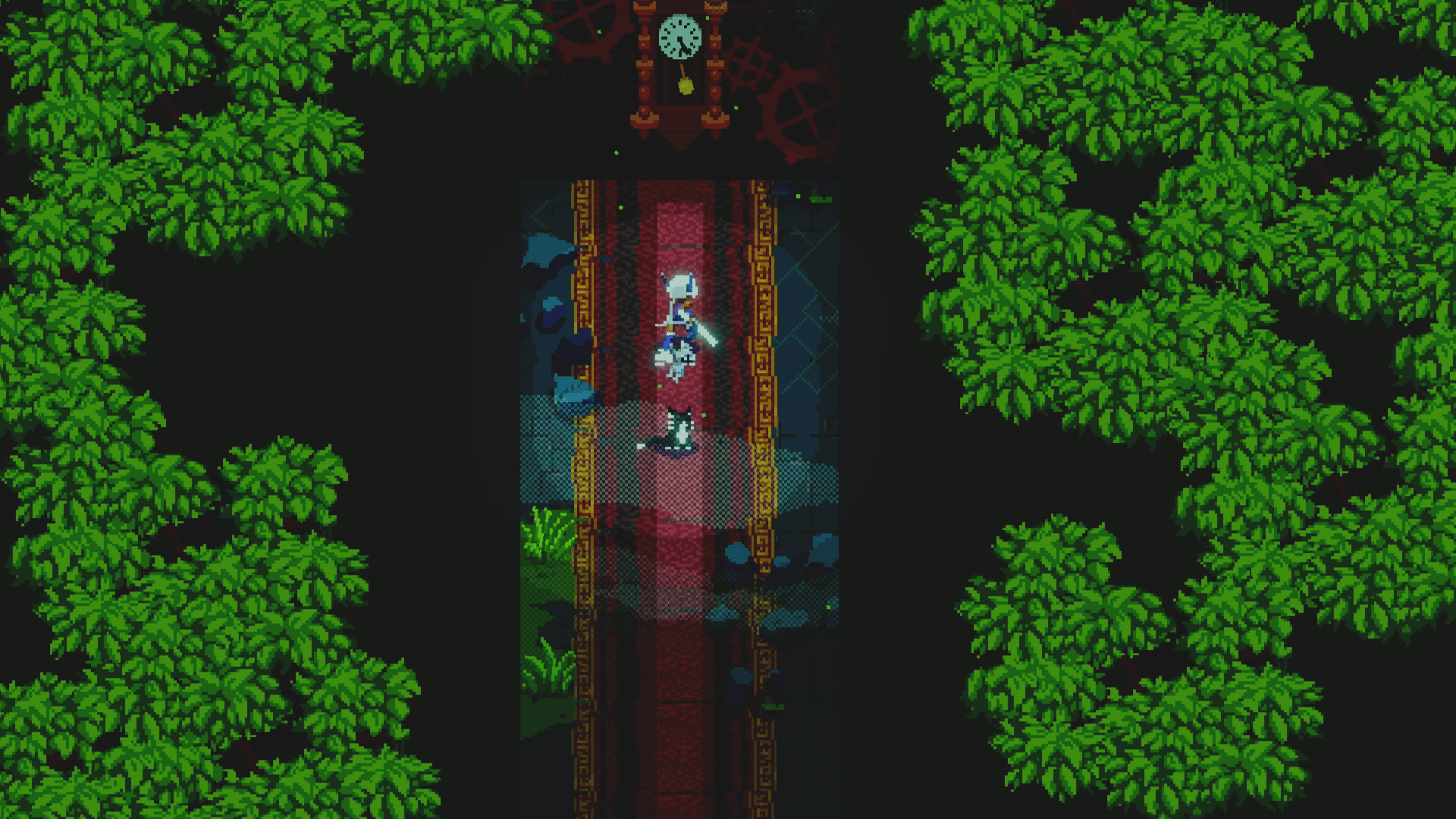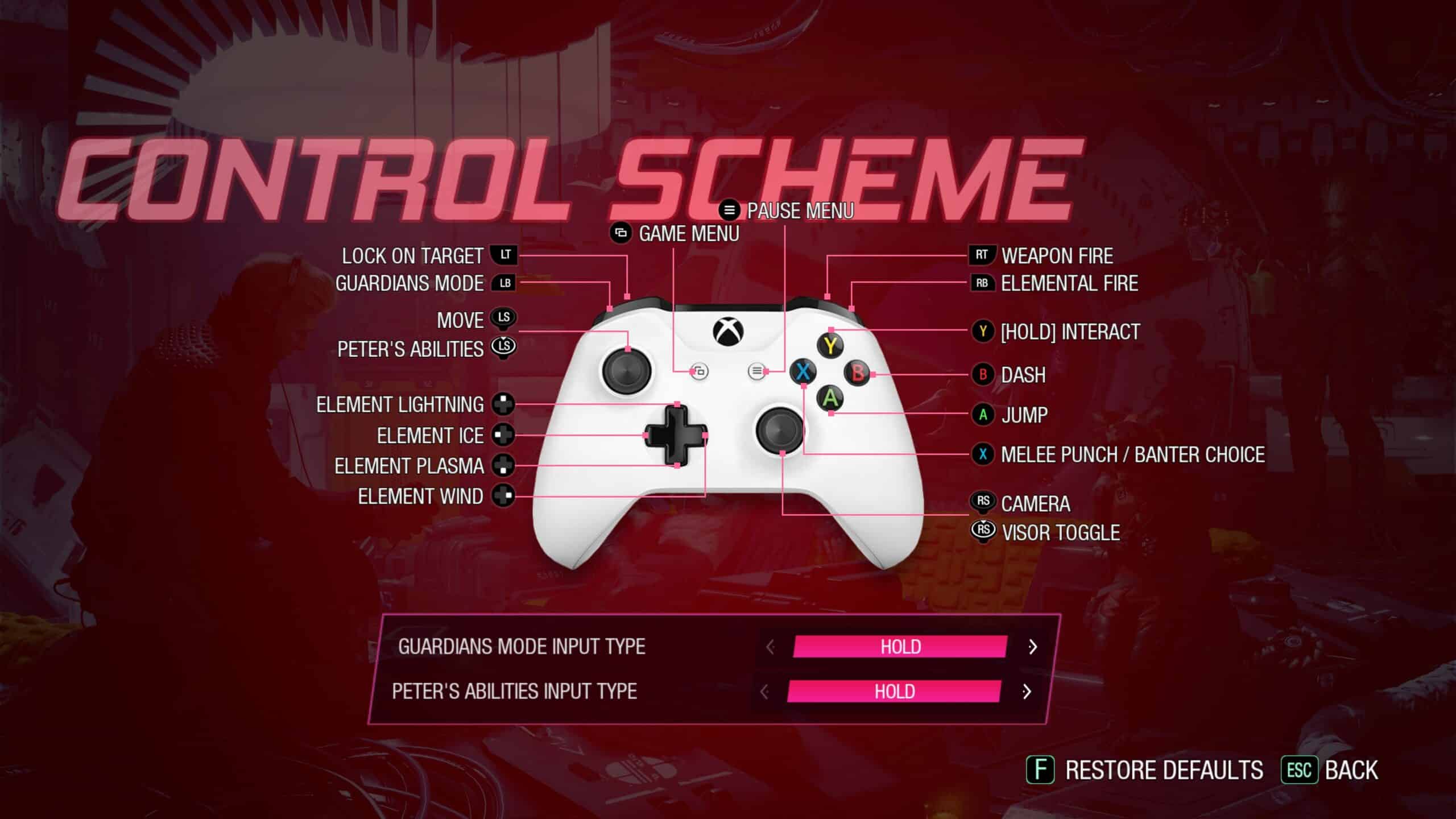The heavily-leaked Nintendo Switch 2, though still beset as much by rumour and speculation, is already embroiled in a controversy of left-field proportions regarding accessories. There have been reports of rampant connection problems between the console’s Joy-Cons and the primary unit when paired with a popular third-party accessory, namely the Dbrand Killswitch 2 case. This turn highlights the art of hardware design and the place of accessories in the user experience.
Unlike its ancestor, the new Switch 2 is said to employ a magnetic design for the attachment of its removable Joy-Con controllers. This show-stopping design development, presumably for a cleaner and more durable connection, seems to stand at odds with the existing version of the Dbrand Killswitch 2. Sudden disconnection has reportedly happened in some cases, especially when the console is held in certain positions, and result in interruptions to games as well as general frustration.
Dbrand, one of the leading producers of gaming peripheral accessories, initially waved these grievances aside by implying the problem was a design defect in the case combining with the inherent “air gap” of the console when sitting without support. But after universal user outcry and a blatant show of exasperation, the company has reversed its strategy. In a commendable attempt to resolve the customer problems, Dbrand is now shipping free replacement cases with a significantly narrower retaining lip in a bid to reduce the reported interference.
Alongside this, Dbrand has committed to designing an even more refined solution, with a better design being tested starting from early July. This consistent commitment is evidence of the dynamic two-way communication between third-party accessory developers and console manufacturers. Besides the Joy-Con problem, there are some customers who have complained about dock struggles with their Switch 2 consoles while wearing the Killswitch 2 case, which is also being replaced by Dbrand when they are contacted. This is all to illustrate the essential need for compatibility between console equipment and accessories that are meant to enhance its performance.

